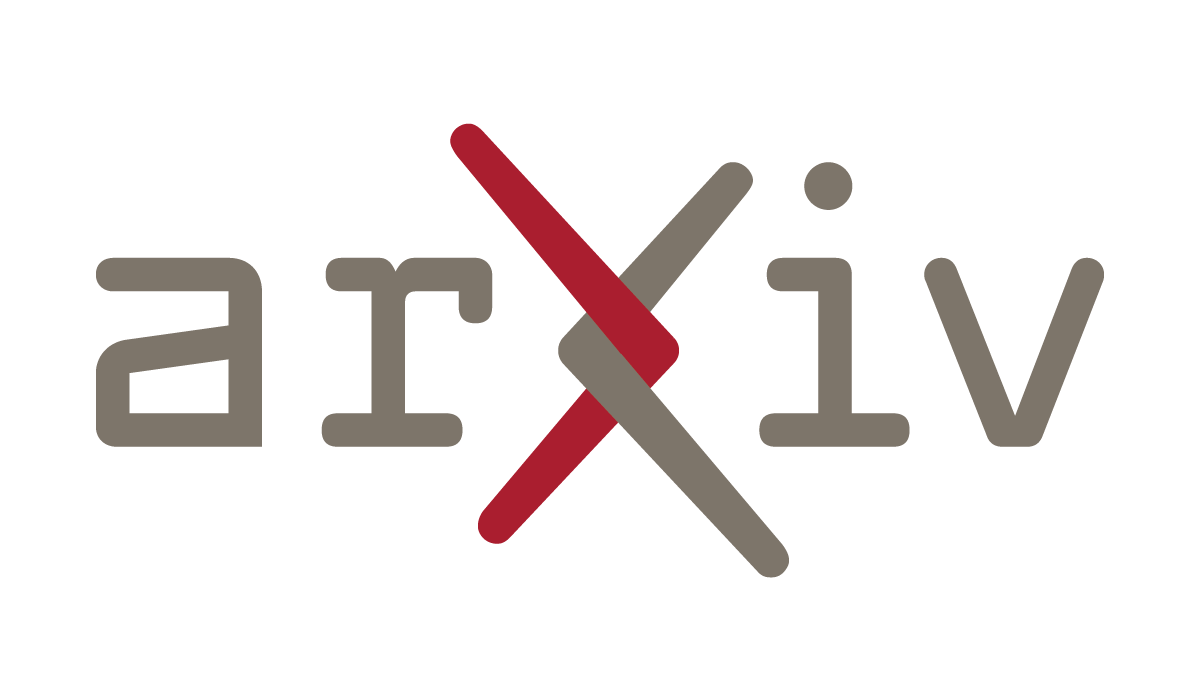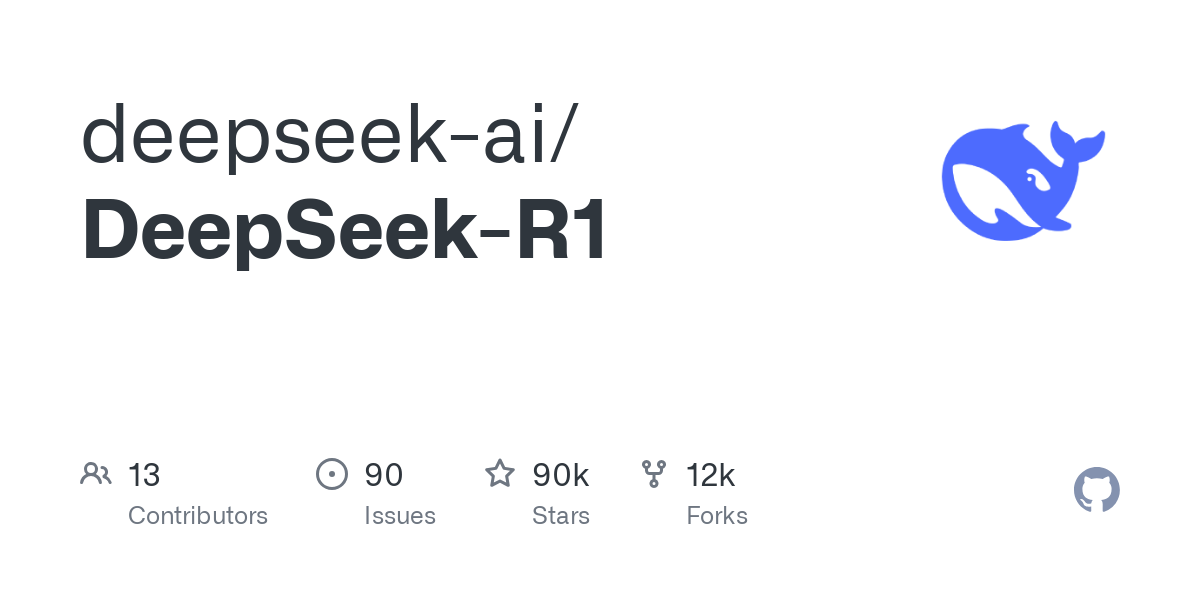What to Read and Watch about LLM Training and Reasoning?

8 Resources to Better Understand How Modern Models Work and Learn
1. Andrej Karpathy’s 3-hour video “Deep Dive into LLMs like ChatGPT”
Comprehensive high-level overview covering the basics, architecture, fine-tuning, reasoning, and reinforcement learning for LLMs. Perfect for your first deep dive into LLM theory.
Also, a follow-up video about practical use of LLMs:
2. “Transformers” by 3Blue1Brown.
A visually intuitive video explaining the internal structure of transformers. Essential to conceptually grasp the architecture before exploring modern techniques.
3. Free NLP course by Hugging Face.
Great illustrations, clear examples—everything you need to practically run and fine-tune models yourself.

4. Paper on DeepSeekMath by DeepSeek.
Though not explicitly about reasoning, this article thoroughly explains data collection, pretraining, experimentation, and reinforcement learning. Provides solid foundations for understanding how models are trained in industry.

5. “Chain-of-Thought Prompting Elicits Reasoning in Large Language Models” from Google Research.
One of the pioneering and most influential papers discussing the concept and impact of Chain-of-Thought (CoT). Essential historical foundation with many illustrative examples.

6. DeepSeek-R1 Paper.
Clearly and concisely written with practical insights. Reading this will improve your understanding of reasoning better than 99.9% of ChatGPT users.

7. “Learning to Reason with LLMs,” talk by Noam Brown from OpenAI.
Insightful discussion on reasoning, scaling compute, gaming environments, and how the industry developed reasoning-based models and agents.
8. MIT’s relaunched legendary course “6.S191: Introduction to Deep Learning.”
Covering NLP, computer vision, LLMs, and applications in medicine. An end-to-end course with both theory and practical implementations using current libraries. Suitable even for beginners: basic calculus and matrix multiplication skills required, the rest explained during the course. Lectures are uploaded to YouTube every Monday.



